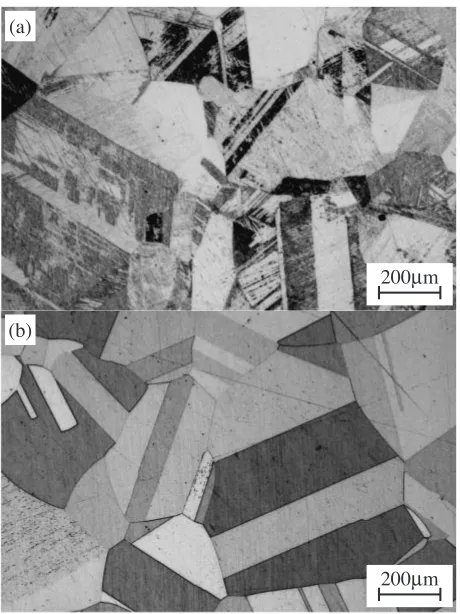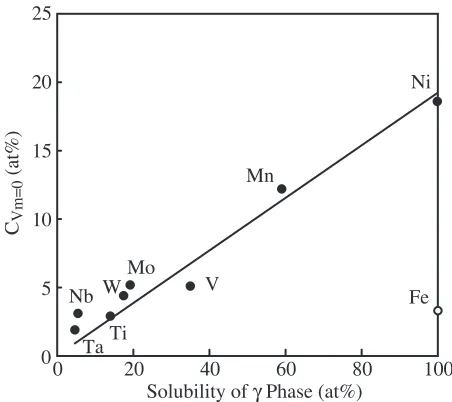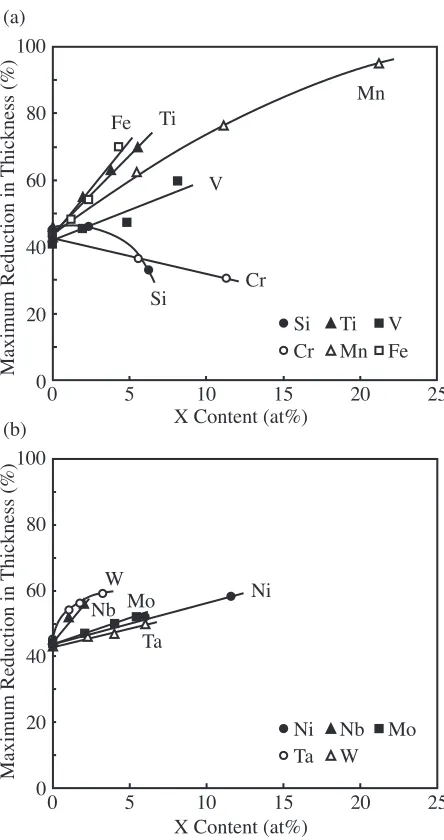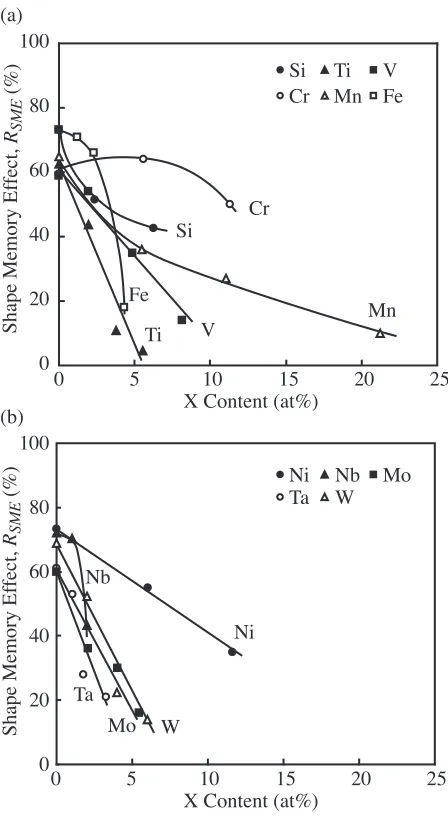Effect of Alloying Elements on fcc/hcp Martensitic Transformation and Shape Memory Properties in Co Al Alloys
Full text
Figure




Related documents
Section 6 returns to the standard model where jurisdictions are ex ante symmetrical and examines the asymmetric Nash equilibrium, where all public good provision and production
De vraag naar de behoefte voor de applicatie kan dus op twee manieren beantwoordt worden: Ten eerste dat de kennis en de implementatie van een prevalentie meting van groot belang
De mate waarin de gemeente intern op Europa georganiseerd is, de mate waarin men van Europese wet- en regelgeving op de hoogte is – dit is overigens slechts marginaal (maar voor
The neutron emission of the β -decay of 74 , 76 , 78 , 80 Ni are studied within the quasiparticle random phase approximation with the Skyrme interaction taking into account the
Hence, the next engineering step had the objective of suppressing acetate pathways; this proved to be crucial in the by-product elimination strategy, as the 2,3-BD yield doubled
The purpose of the Community Support and Assistance (CSA) Budget Control Level (formerly Transitional Living and Support) is to provide resources and services to Seattle's
Oxygenation changes during functional activation was then computed using the same advection code [35] by keeping PO2 in the arterial inflowing nodes constant and
Figure 4 shows the simulated responses of the input impedances of the proposed RFID tag antenna with different fractal patch lengths ( L ).. The figure clearly shows that the